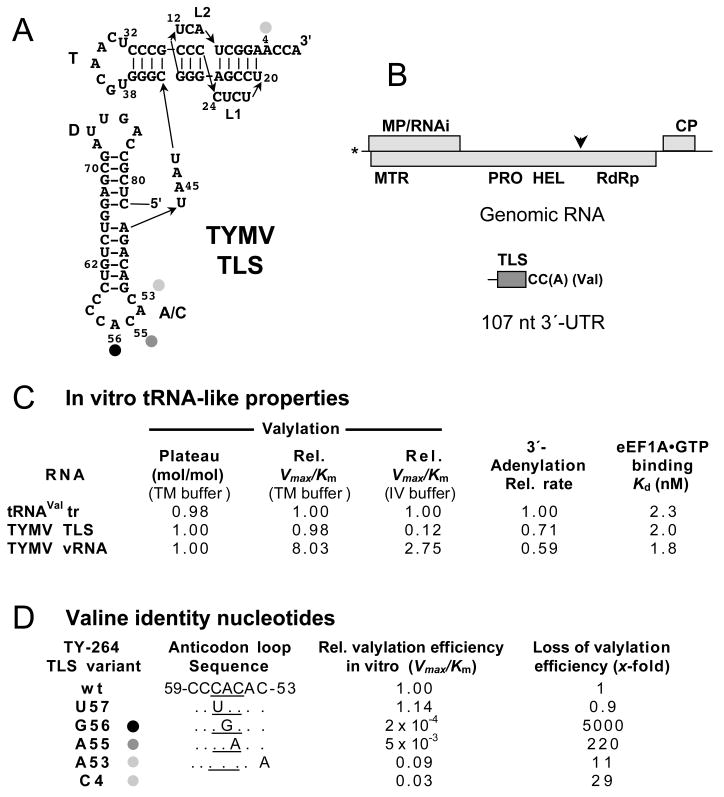Fig. 1. The TYMV TLS is a highly efficient mimic of tRNAVal.
A Sequence and structure of the 82-nt-long TLS of TYMV RNA (Rietveld et al., 1982). The pseudoknot-containing amino acid acceptor stem and the T-, D- and anticodon (A/C) domains are clear structural analogs of the four arms of canonical tRNAs. A CAC valine anticodon in present. The nucleotides that serve as valine identity elements are indicated with adjacent dots (black strongest, light grey weakest). Note that it is conventional to number the nucleotides in TLSs from the 3′-end. B. Diagram of the TYMV genome showing the three coding regions for expressing the movement protein/RNAi suppressor (MP/RNAi); replication protein, with methyltranserase (MTR), proteinase (PRO), helicase (HEL) and RNA-dependent RNA polymerase (RdRp) domains; and coat protein (CP). The asterisk signifies a 5′-cap structure; the arrowhead indicates the site of proteolytic maturation cleavage. The cartoon of the 3′-UTR features the TLS and the 3′-terminus, which lacks the A residue in most virion RNAs; the TLS serves as translational enhancer and the 3′-CC(A) serves as the initiation box controlling minus strand synthesis (see text). C. Summary of in vitro tRNA-like properties of the TYMV TLS, assayed with wheat germ enzymes and eEF1A (Dreher and Goodwin, 1998), compared to a lupine tRNAVal transcript. The TLS was studied in 83-nt long RNA (TLS), 264-nt long RNA (TY-264) or in the 6.3 kb virion RNA (vRNA). TM buffer has low ionic strength, while IV buffer has higher ionic strength and is similar to the conditions used for in vitro translation. Plateau refers to the extent of aminoacylation (moles valine per mole RNA). D. Contributions to valine identity by anticodon loop nucleotides, studied with wheat germ ValRS (Dreher et al., 1992), and by A4, studied with yeast ValRS (Florentz et al., 1991).

